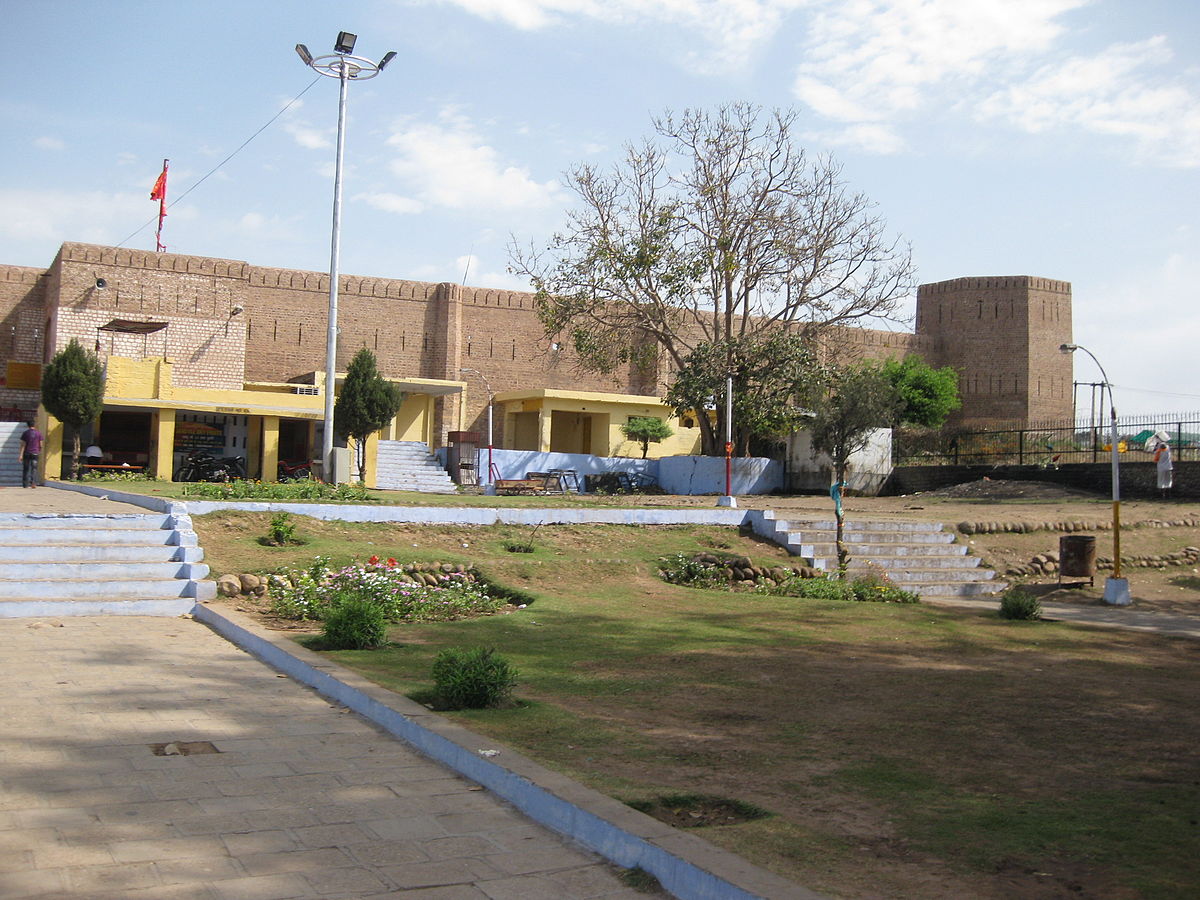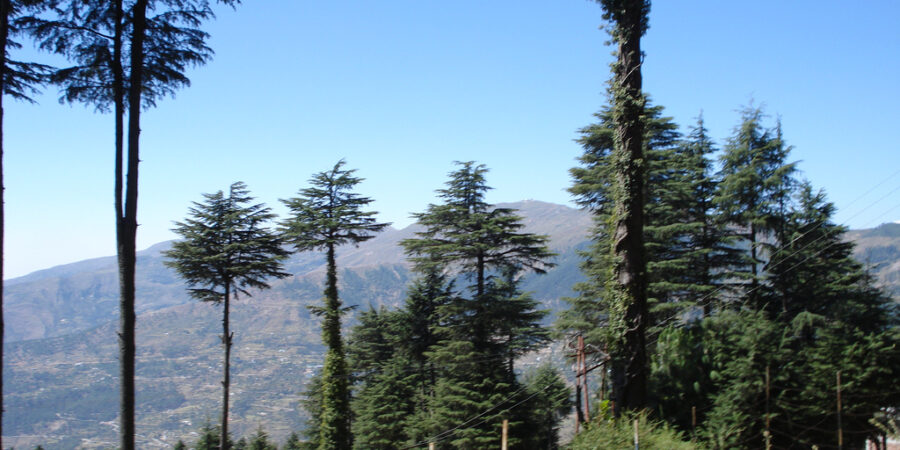Jammu, the winter capital of the State sprawls on the banks of river Tawi with Trikuta mountain range in the backdrop. The antiquity of this city of ancient temples and the magnificent palace is shrouded in myths and legends. It is said that Raja Jambu Lochan, a Rajput king of later Vedic period founded his capital here and named it Jambupura.

Raghunath Temple: The magnificent temple complex set in the heart of the city is one of the most important and the largest shrines of northern India. Its construction was started in 1835, by Maharaja Gulab Singh, the founder of Jammu and Kashmir kingdom and was completed by his son Maharaja Ranbir Singh in 1860. The complex consists of 17 temples and the main shrine are dedicated to Lord Raghunath (Rama).
Ranbireshwar Temple: This biggest Shiva temple in North India was built by Maharaja Ranbir Singh in 1883. It enshrines a large number of Shiva lingams. The central lingam in black stone is seven and a half feet high and the twelve crystal lingams measure from 15 cms. to 38 cms.
Peer Khoh: The ancient cave temple on the circular road has a naturally formed Shivalingam, which is highly revered by the devotees.

Bahu Fort: The ancient fort set majestically on a rock face, overlooks the gently flowing Tawi river. It is well known for the temple of Goddess Maha Kali, which is considered next only to the famous Mata Vaishno Devi Temple. The beautiful Baghi bahu garden is located at the base of the fort.
Amar Mahal Museum & Library: The magnificent red-brick palace is perched elegantly on a hill overlooking the Tawi river. It was built by Raja Amar Singh and now houses a museum exhibiting excellent miniature paintings from Kangra School, paintings of contemporary Indian artists and portraits, etc. But, the highlight of the museum is 120 kg. solid gold Dogra throne, which was used by the erstwhile Maharajas. The library at the palace has a collection of over 25000 books.
Mubarak Mandi Palace Complex: The palace complex is a blend of Rajasthani and Mughal styles of architecture with influences of even Baroque European style. It affords a fine view of the Tawi river on one side and the city on others and had served as the residence of the erstwhile Dogra rulers. The Pink Hall now houses the famous Dogra Art Museum with a rich collection of rare paintings.

Around Jammu
Patnitop (112 kms.)
Panoramic Patnitop sprawls on the lush plateau, at an altitude of 2024 meters on the Jammu-Srinagar highway. The charming resort amidst thickly wooded forests is probably the best-developed tourist center of Jammu. It commands awe-inspiring views of the scenic surroundings and is dotted with several beautiful picnic sites. During winters Patnitop receives good snowfall and provides opportunities for various snow games like skiing. The 600-year-old temple of Naga (cobra) at Ishadhari is highly revered by the devotees: The three must-visit sites on the outskirts of Patnitop are – Chinar Garden, Picnic Spot, and Skating Garden.
Mansar Lake (60 kms.)
This lovely lake amidst thickly wooded forest is a popular excursion point. Boating facilities are available here. A food and crafts festival is also organized here by J&K| Tourism around the festival of Baisakhi.





